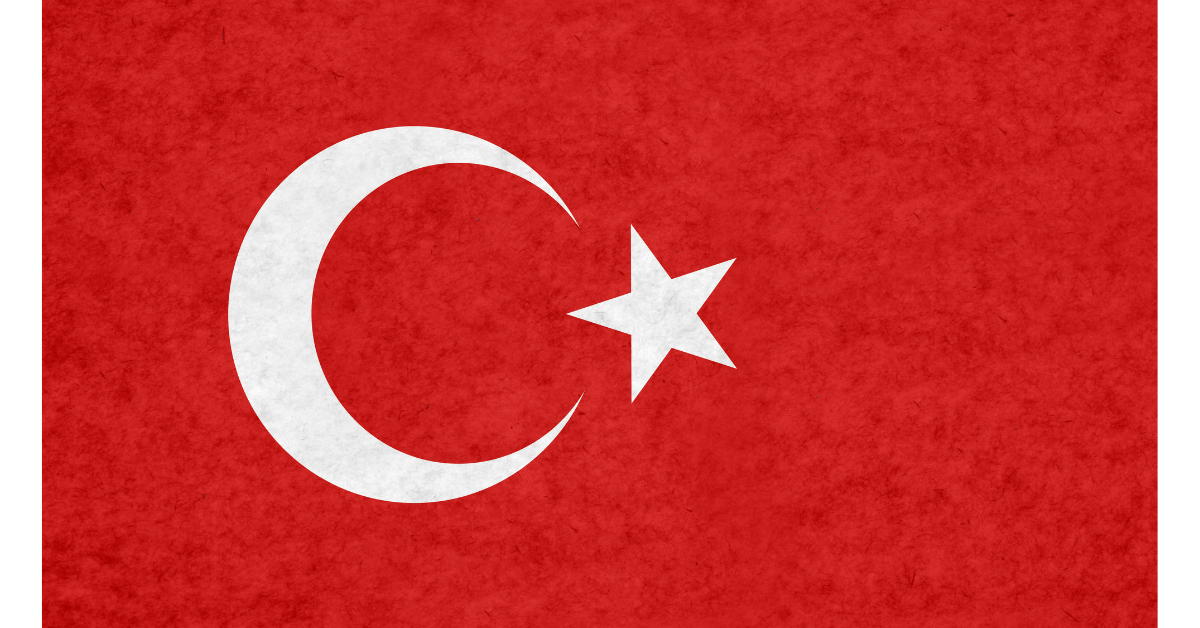On Friday 3rd March 2023, the European Indoor Championships pentathlon will take place in Istanbul.
The landscape of pentathlon has changed since double Olympic champion Nafi Thiam won her European Indoor titles in 2017 in Belgrade, and in 2021 in Toruń. Then, only Katarina Johnson Thompson, one of only three athletes to have ever scored over 5000 points indoors, was a rival to Thiam’s overall dominance in the combined events.
But Thiam’s best scores of 4870 in Belgrade and 4904 in Toruń (her current PB) are no longer on their own enough to set her apart from the rest. The scale against which pentathlon performances are measured has changed, and – despite what you might surmise from some of the narrative thus far – a successful defence to her title is not a done deal for Thiam.
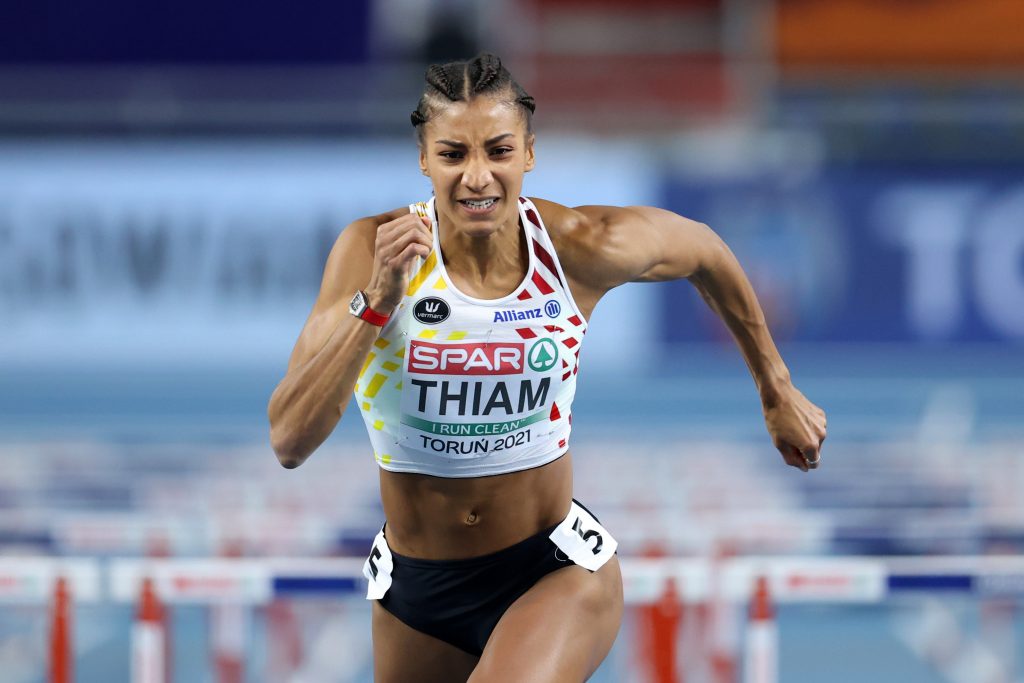
The simple reason is, indoors, other athletes have caught up. For Thiam to be dominant in the way that she is outdoors – although Anouk Vetter ran her close in 2022 – the Belgian superstar needs to move the goalposts. A score of 4900 is no longer special enough to ensure a gold medal in Europe, never mind the world.
Indoors, Thiam doesn’t have access to her javelin, and when there are only five events, every one of them counts. Thiam does of course have her fabulous high jump, but she is not the only 1.90m+ jumper in the field with an eye on a gold medal. Her shot and long jump are among the best you’ll see in any combined event field, but her remaining two events give room for others to gain ground.
Nafi herself said that, in her first season after moving to Team Van der Plaetsen, she has not prepared for the competition and it will be “a test of my form while gathering…feedback and insights for the outdoor season.” There is no reason to think that where this greatest of modern-day heptathletes would find herself is anywhere other than the top of the podium. But more of the same may not be good enough. She is no longer the only athlete capable of exceeding 5000 points, and dominance would require something much bigger.
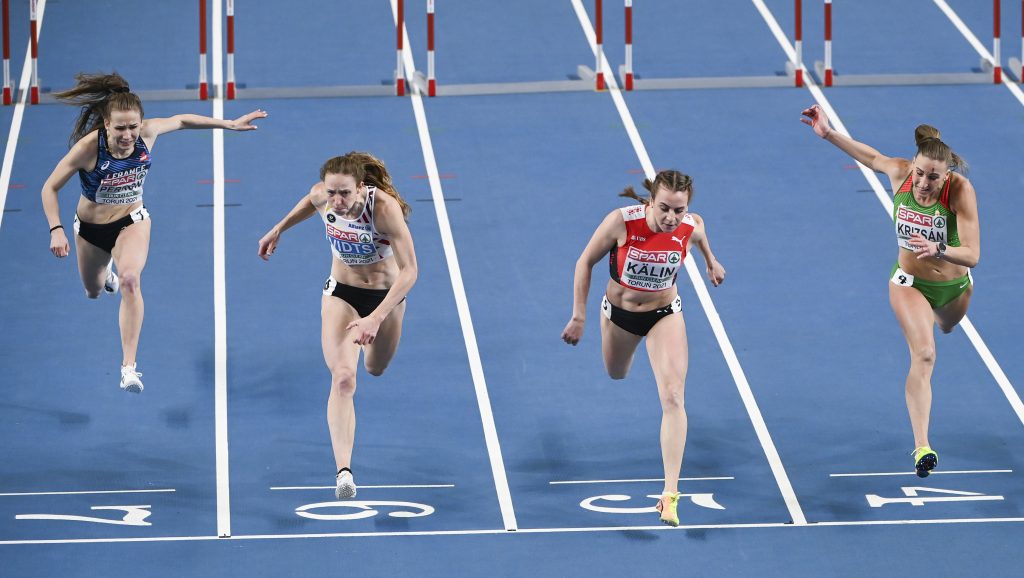
The first athlete to emerge into this space was Thiam’s teammate Noor Vidts, second in a Belgian 1-2 in Toruń. She followed that with a major breakthrough to finish fourth at the Olympics and took the World Indoor title last year in Belgrade with a national record of 4929. Although she is a competitive long jumper and a strong 800m runner, Vidts secures a more even distribution of marks across the five events than Thiam, and that’s what took her to the national record. However, Noor has been unwell this season, competing in just a few individual events at the start of February. If she has recovered and in her indoor form of 2022, she is of course a contender for gold.
But the athlete everyone should be talking about is Poland’s Adrianna Sułek. In Tallinn in February, she scored 4702 points in her first competition off some hard training, scoring what she told her mother she would score that day, no less. She told Decathletes of Europe that she wanted a much bigger score in Istanbul – and thought the world record was achievable. Just a few days later, Anna Hall, with whom Sułek had had an epic tussle in the final lap of the 800m in Oregon, showed just how achievable Natalya Dobrynska’s world record of 5013 was, scoring 5004 points at the US Champs. Like Mayer and Warner in the men’s events, Sułek is the polar opposite to the cool, collected competition demeanour of Thiam and Vidts. Sułek brings fire, tears and the forces of nature to her performance: she brought the world record chat to the party in Europe this season, and she will want to be the first to break it, on the site at which it was set in 2012.

Behind the monster scores likely required to claim a gold or silver medal, any athlete in the 4500-4600 range has the potential to step up. Among those Xénia Krizsán is often the unheralded choice, in the shadows behind the bigger names. She won Götzis in 2021 and the bronze medal at the European Indoors in Toruń, where she set her national record of 4644. Krizsán’s best so far this year has been 4439 to win the Hungarian championships a few weeks ago, where all five of her events were solid but well below her best.
The surprise medals might come from the youngsters in the field – Leonie Cambours (22), Sofie Dokter (20) and Saga Vanninen (19).
Cambours had her first taste of major international championships in Belgrade last year, followed by the European Championships in Munich outdoors. Her growth in confidence since then is clear to see, no more so than when she powered to first place in Clermont Ferrand in January with a PB of 4603. That was with a sub-par high jump and she’ll be much more comfortable in Istanbul with that performance in hand. In 2022, Cambours did three pentathlons, and all of them were within 22 points of each other, showing outstanding consistency. She’s added 150 points to her average since then, so if she can repeat that feat we should see her close to her 4600+ best.
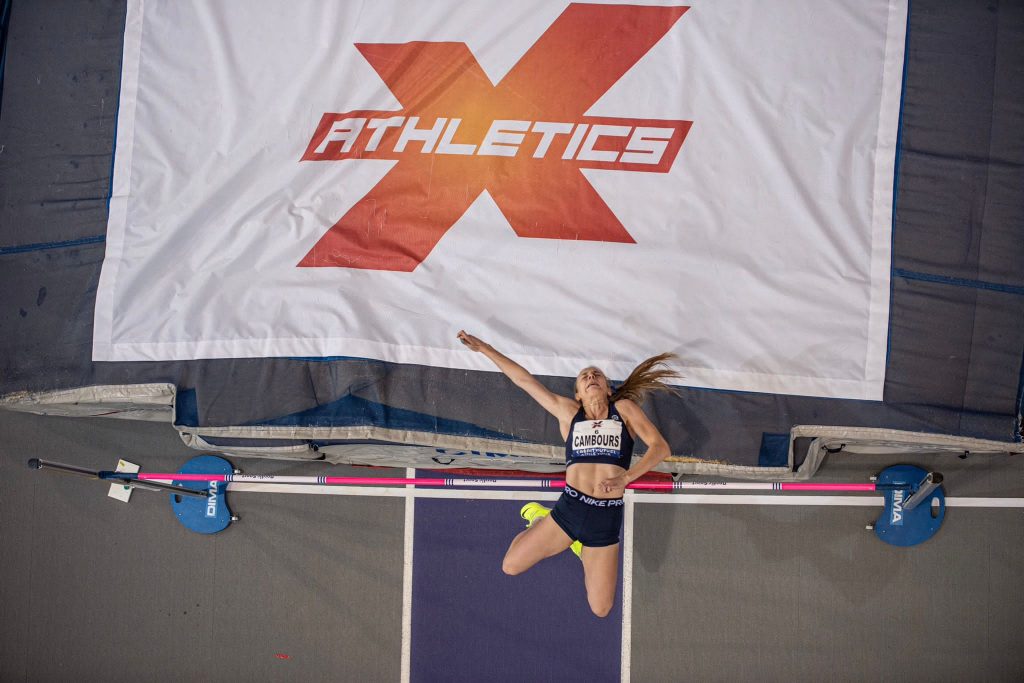
Sofie Dokter has collected quite a few medals in the last two years: silver behind Saga Vanninen at the European U20s in Tallinn in 2021, national heptathlon champion in 2022 and she won her second indoor pentathlon national title this year too. National titles are a little less significant in those countries like the Netherlands where the big names don’t always compete in the combined events, but they represent progression for Dokter. From 2021 to 2022 Dokter improved her heptathlon best by over 250 points (to 6144) and from 2021-22 to 2022-23 she improved her pentathlon best by over 340, to 4603, exactly the same mark as Cambours.
Saga Vanninen is the double world U20 champion, and the current European U20 champion in heptathlon, but this is the first season since she won those titles in which she has turned her attention to the indoor combined events. Saga is one of the fastest hurdlers in the field, and by far the best shot putter, over 16m and half a metre beyond the likes of Thiam. Her jumps are competitive at this level of combined events, but there is much more work to do in the 800m, four seconds slower than Cambours and Dokter, and ten seconds behind the fastest athletes. Vanninen scored 4541 with a 2:21.08 800m, so if there’s a medal up for grabs, this would be the time to bring that time down. Vanninen was largely unchallenged at U20 level – Dokter was 400 points behind her in Tallinn in 2021 – so the cut and thrust of senior competition may help her make the next step up to 4600+.
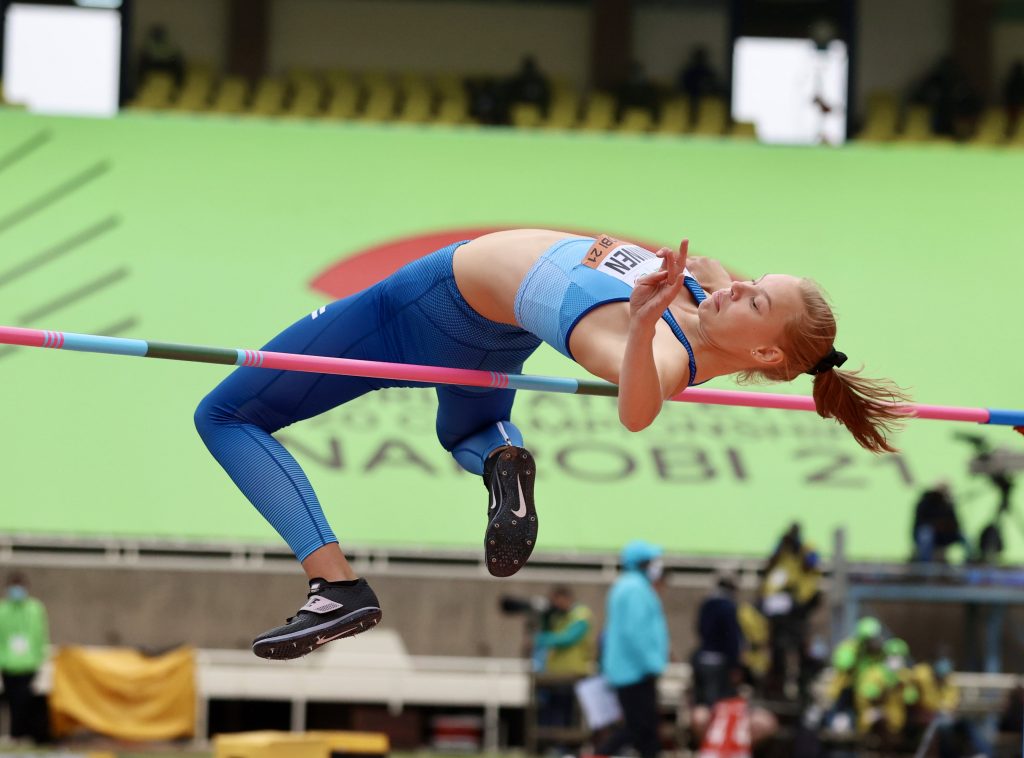
Sweden’s Bianca Salming is still only 24 but having won her first national title in 2016, her career achievements trick us into thinking she is much older. Like Thiam and Sułek, Salming is a super 1.90m+ high jumper, often competing in the individual event as well as the multi. She can back that up with good throws (albeit only shot indoors) and a fast 800m, but her best of 4422 over five events is limited by weaker hurdles and long jump. But she has the potential to add to that – Salming has been closer to her hurdles PB this year already, and her indoor long jump best is some 30cm shorter than her outdoor best.
On her day, Britain’s Holly Mills should be on the podium in a European Indoor Championships. She is typically the fastest in the first event and found running from the front in the final event. Mills has developed her shot to be one of her best events indoors, and making progress back to her impressive best in jumps following multiple struggles with injury. She cut her teeth in heptathlon alongside Sułek, bronze to the Pole’s gold at the European U23s in Tallinn in 2021, and tussling indoors again in Tallinn in February 2022. And she just missed out on bronze at the World Indoors and Commonwealth Games and a fully fit Mills could take on Krizsan and the newly improved Cambours, Dokter and Vanninen. The Brit has had a few promising individual marks in her minimal competitions so far in 2023, so lets hope she’s been able to progress further in the last few weeks of February.
Kate O’Connor of Ireland is coming to the European Indoors off the back of a national record in Clermont Ferrand in January, 4396 points. Kate’s best event – the javelin – is left outdoors for now, and she comes into her own in the middle events of the pentathlon, the high jump and the shot. While she is among the slower hurdlers in the field, her position after the high jump will dictate what sort of score she is on for – at her best she can match the 1.80m jumpers and is regularly well over 14m in the shot. Kate’s scope for improvement indoors lies in her 800m, where her indoors best – rather like Thiam – is significantly slower than her outdoors best. Typically the best heptathletes are able to keep their indoor 800m time within a second or two of their outdoor best so O’Connor has points to collect if she can get her 2:16.72s closer to her outdoor best of 2:11.76s.
Italy’s Sveva Gerevini is in cracking form, scoring within 40 points of her national record of 4451 already this season. This year she has improved her hurdles PB, matched her outright high jump PB, and has been within 5cm of her indoor shot best. Only her long jump is a little – and it’s only a little – below what she might expect. Gerevini has more to come in her shot, where she’s thrown 15cm further outdoors, and in her 800m where she “only” ran 2:12.20. The Italian is in the unusual position of having run faster indoors over 800m at her peak than she has outdoors, 2:09.10 to 2:09.81. A 4500 score should be the next target for Sveva, perhaps a little bit away from a medal chance in this field, but with the knowledge of having a killer 800m to hand if she needs it.
Yuliya Loban won the Ukrainian championships this year in 4468 points, 14 points short of her PB, and the fact that she can continue to train and compete while her country continues to be subject to invasion is a credit to the 22-year-old’s resilience. Like O’Connor, her best events are the high jump and shot – Loban has thrown 15.50m outdoors, although her best indoors is 75cm shorter. Like Gerevini, 4500 is the next big step for the consistent Ukrainian.
The final athlete in the field is the second Dutch competitor, Marijke Esselink. Esselink has missed out on previous participation at major championships as a result of the reduced field sizes in competitions, but the increase from 12 to 14 places means that the 23-year-old has the opportunity to benefit from the experience of championship competition.
A word on rankings and qualification…
The field is missing the likes of KJT, the world-class Austrian trio of Dadic, Mayr and Lagger, Maria Huntington of Finland, Maria Vicente and Claudia Conte of Spain, as well as multiple Germans who in other years might expect to be competing indoors.
Had those athletes who are injured not been so indisposed, in a restricted field of 12 several of them would have been left at home, resulting in a less meaningful competition. In the event, the unusually high incidence of injury has created flexibility for other athletes to get their shot at rankings points, which can only be a good thing in a system that increasingly prioritises rankings as a means to qualification.
Next in the rankings behind Esselink were athletes who weren’t competing indoors, or competing in the US college system. Meanwhile, athletes like Jana Koščak (4432), Auriana Lazraq-Khlass (4394), Annaelle Nyabeu-Djapa (4350) and Celia Perron (4341) have been competitive this year.
However, despite performing better this season than some athletes who have qualified on the basis of outdoor performances, they are penalised because they are in the grey zone sufficiently below the oxymoronic entry standard (4580) but not high enough in rankings to qualify.
The entry standard has ceased to be an entry standard. When only five athletes achieve it in the event to which it pertains, it is by no definition an entry standard.
Rankings require at least one performance to be outdoors, so we have the self-defeating situation where athletes cannot qualify for a championship pentathlon because they do not have a good enough heptathlon. That disproportionately affects athletes returning from injury after a good winter’s training or those stepping up through age groups.
For example, Jana Koščak is ninth in the world this year, and seventh in Europe, with a mark this season better or comparable to the PBs of five of the women who did qualify. She isn’t ranked, because she hasn’t yet competed in a senior heptathlon, and therefore couldn’t compete in Istanbul even if she wanted to. Unless she scores an artificially inflated “entry standard”, she is excluded from competing at an indoor championships until 2024.
So if you encounter any arguments that field sizes should remain restricted to 12/24 because there is not enough interest in the event, and the increased fields can’t be filled, feel free to use this analysis to explain why that argument is flawed. You can follow regular analysis of the world rankings position here.

